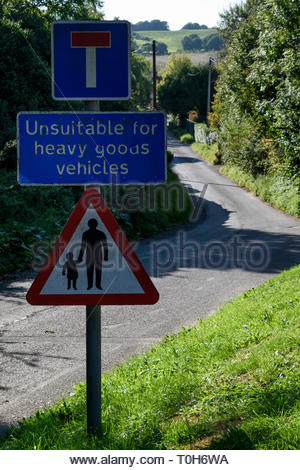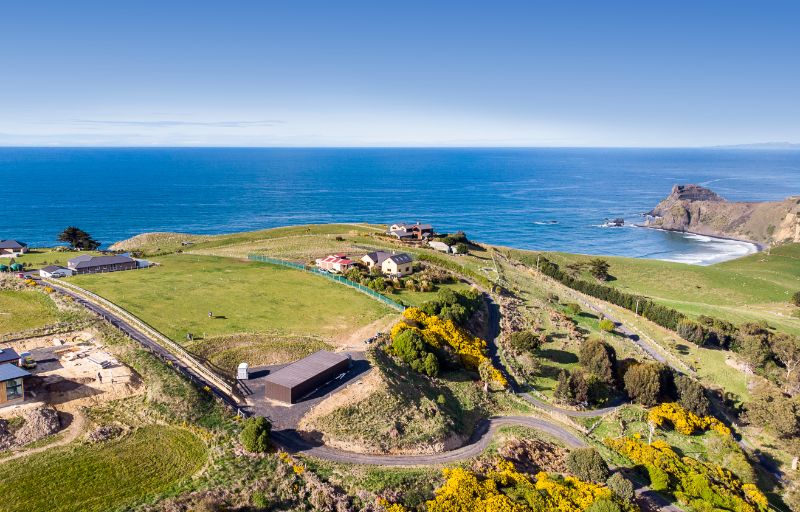

The remaining 12 markers include two that will highlight African American schools: He donated land for a school, and his daughter, Eliza Bolling, became a noted educator. He later entered politics and was elected to the Virginia House of Delegates, representing Buckingham and Cumberland counties. Bolling (1819-1900), born enslaved in Cumberland County, purchased lots in Farmville after the Civil War and founded a successful brickyard operation. After flying 100 combat missions in Korea, Whitehead became the Air Force’s first Black experimental test pilot. Air Force’s first African American jet pilot instructors.

Trained at Tuskegee Army Airfield, he became one of the U.S. (1924-1992) was born in Brunswick County. Two additional markers result from the Governor’s Black History Month contest:
25259 BLACKHEAD SIGNPOST ROAD FREE
In 1860, Denman returned to Richmond and participated in a secret network of free and enslaved African Americans and pro-Union whites, which included Van Lew, who supported the Union during the Civil War. The enslaved, Virginia-born Denman, who was given “de facto freedom” by owner Elizabeth Van Lew, was educated in New Jersey and spent time in Liberia. Richmond will see rise the marker Mary Richards Bowser Denman. Henderson was inducted into the Naismith Memorial Basketball Hall of Fame in 2013 as the “Father of Black Basketball.” The Harvard-educated Henderson popularized basketball in his hometown of Washington, D.C., organized leagues and associations for Black athletes and referees, and wrote The Negro in Sports (1939). Edwin Bancroft Henderson (1883-1977) will highlight Henderson’s pioneering work in the early 20th century to foster African Americans’ participation in athletics. After negotiations for their purchase failed, Newby joined John Brown’s effort to incite a slave revolt by attacking Harper’s Ferry, where he was the first raider killed. In Culpeper County, the marker Dangerfield and Harriet Newby will relay that the formerly enslaved Dangerfield Newby, born in Virginia, settled in Ohio and saved money to purchase his wife, Harriet, and their children, all of whom remained enslaved in Virginia. The Virginia Board of Historic Resources approved all 17 new markers during its June quarterly meeting.


 0 kommentar(er)
0 kommentar(er)
